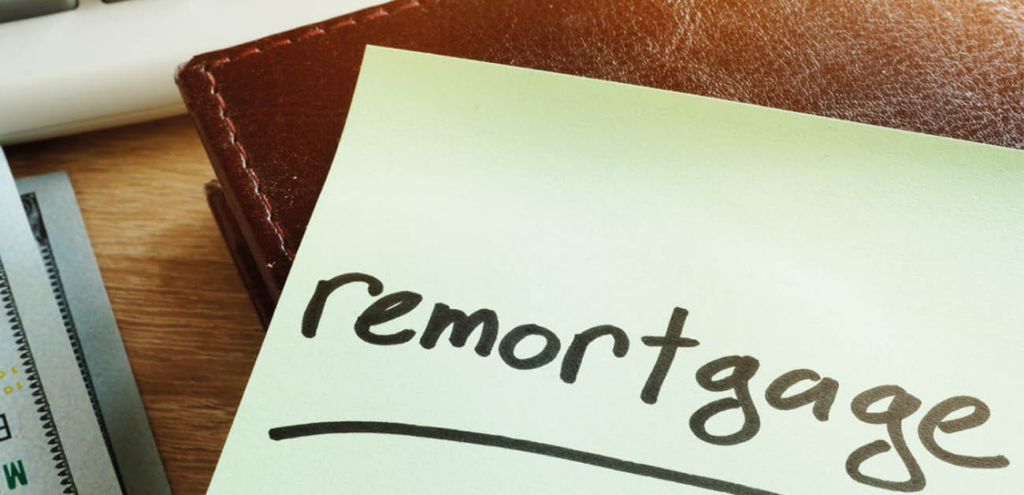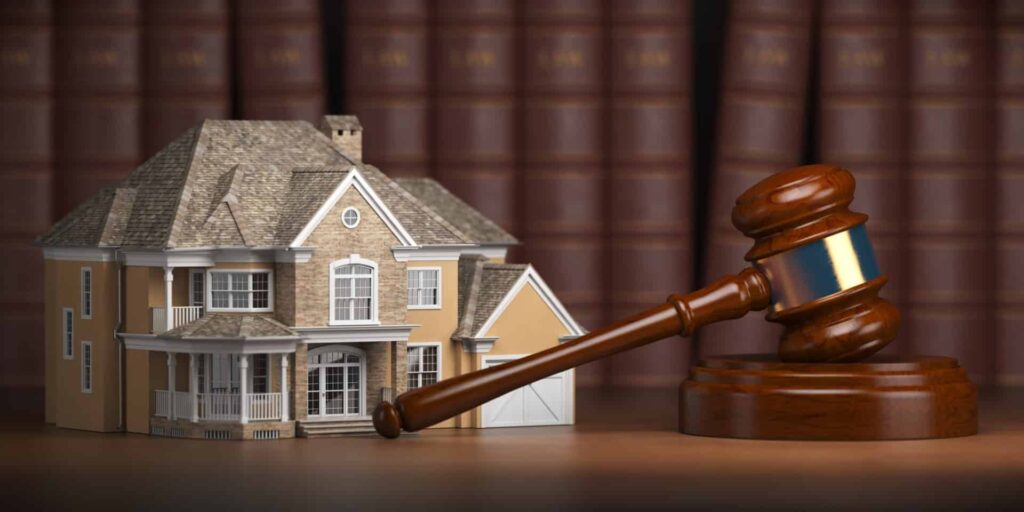People may encounter a reason to remortgage their property due to the state of finance or other essential reasons. But when you need to remortgage a property, it may involve some conveyancing processes. How do you deal with the conveyancing processes? What does it mean to you as a seller or buyer? Your current deal on a property may have ceased, or your home value has gone up. In some cases, you may want better money on borrowing terms.
In any of the abovementioned cases, you may remortgage your property. This article will analyze what remortgaging a property means and how conveyancing comes into play. Let us start by helping you understand the remortgaging process as a whole.
Understanding the remortgaging process
Remortgaging is when you switch from a current mortgage deal to another with the same or different mortgage provider. You can work with another mortgage plan with the same provider of the existing mortgage or enter into another mortgage with another lender. The amount you repay is often transferred to another mortgage policy, especially if you have a different lender. Click here for the about payment for conveyancing.

A remortgage process is one where you change your existing mortgage property to another for the same property. If you are taking up a new mortgage from the same lender, say a bank, it may be taken as a property transfer from one person to another. You may not need to do any new legal paperwork in this case. However, when you are undertaking residential conveyancing, it may apply to switch to a different lender.
If you are switching lenders from one person to another, you will need the services of a conveyancer. This professional will carry out all the necessary checks and processes of property ownership transfer. Unlike the initial process of simply buying the property, conveyancing, in this case, takes much less time, taking only about three weeks to complete. What documents do you need to prepare before meeting with a conveyancer?
Documents you need for conveyancing
You are closer to your goal when you identify the right conveyancer to work with. After then, you need to be sure that the business of your professional is on the lender’s list of approved conveyancers. Otherwise, the lender may have some reservations about working with him. You also need to gather all the documents required to achieve your work quality.
Gathering these document can also further prove your identity and helps you to pay off all the mortgage debt that may be outstanding. However, it allows you to provide the proper proof of funds to establish that you are not involved with any criminal activity. Some of the notable documents include the following:
Proof of identification
The proof of identification may include an international passport, driver’s license or proof of address. The latter may consist of a utility bill or a council tax bill, where all the documents will be run through an online ID checking system to validate them.
Proof of Income Sources
You need to present the documents that can serve as proof of income sources to prevent money laundering. It involves checking the head of funds you use as a deposit for the mortgage loan. Some of the documents you need to provide in this regard may depend on your primary source of income, which may include
Savings
You must present your bank statements for a certain period if you earn from savings. This statement must show the accumulated funds over a set period.
Property sales
If you earn from a property sale, you may need to provide a copy of the sale completion of that property. In addition, you will provide a bank statement showing the receipt of funds and the name of the conveyancer who handled that property sale.
Pension
If your earnings are from a pension, you will need to provide a letter of confirmation from your pension fund manager.
Inheritance
You must confirm with the will’s executors if your income source is an inheritance. This document must show you as a beneficiary and indicate the amount of money or value of the property you were left with. In addition, you will need to provide a copy of the bank statement that shows the receipt of the funds in question and for the set period.

The Remaining Remortgaging Process
When you prepare all the needed documents, the conveyancer or the professional solicitor can proceed with the rest of the procedures. Below are some of the essential steps the conveyancer takes
- At this stage, your mortgage provider makes all the mortgage certificates available with the details of the outstanding amount on the property.
- The new lender issues a formal remortgaging offer stating the amount, the duration of the mortgage and the rest of the amount you need to pay.
- Another step is the search in the local authority or takes an indemnity insurance
- You also need to provide bankruptcy checks that p[roves that you are not bankrupt
- A certificate title to the new lender for the latest mortgage
- The next step is to complete the remortgaging process, where the conveyancer now gets the money from the new lender. Then the conveyancer pays off the outstanding amount on the initial mortgage. But if you increase your loan, you will get your surplus amount back.
- Finally, the conveyancer completes the conveyancing process by updating the registry on the new charges with the property’s official title deeds at the land registry. This process takes up to several months.
Conclusion
There may be millions of reasons why anyone may need to do a remortgage of their property. But the centre of focus in this article is how to complete the related conveyancing with this process. If you are using the exact lender as before for your initial mortgage as your new mortgage, you will not require any new legal work. But if you have to use another lender for the latest mortgage, then be ready to do some paperwork for the conveyancing and get a service provider. Do you need a professional conveyancer to handle your conveyancing during remortgaging? Contact us today for top-notch conveyancing services.

